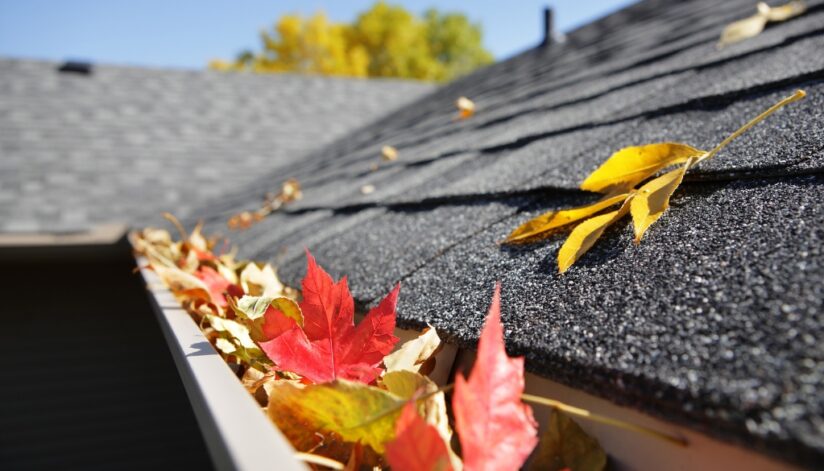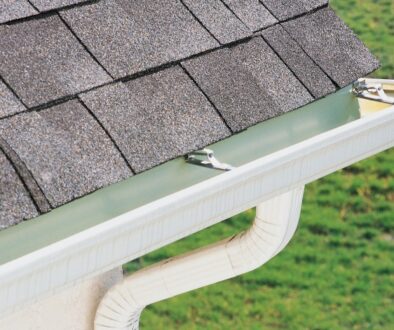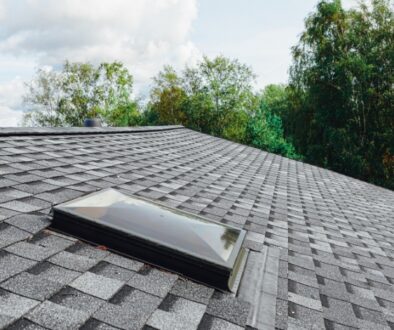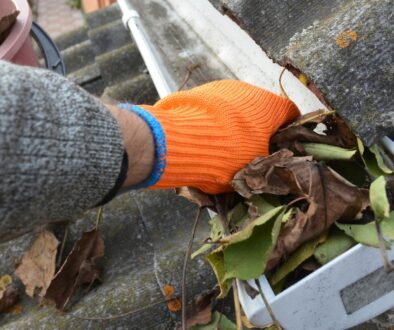The Impact Of Leaves On Your Roof And Gutters
As the leaves begin to change in the Coulee Region, they also bring a new set of challenges for homeowners—especially when it comes to roof and gutter maintenance. While the leaves may create a picturesque landscape, they can have a detrimental impact on the health and longevity of your roofing system if not properly managed. In this post, the experts at Ledegar Roofing will explain how leaves can affect your roof and gutters during the fall season and what you can do to mitigate the risks.
How Leaves Affect Your Roof
Leaves may seem harmless as they fall from the trees, but when they accumulate on your roof, they can cause several problems that could compromise the integrity of your home.
Moisture Retention
When leaves settle on your roof, they tend to trap moisture underneath. This moisture creates a perfect environment for mold, mildew, and algae to grow, which can lead to rot and weaken your roof’s structure. Over time, this can cause shingles to deteriorate, leading to leaks and potentially costly repairs.
Increased Weight
A thick layer of wet leaves can add significant weight to your roof, especially during a rainy season. While your roof is designed to handle normal loads, the extra weight from leaves, especially when mixed with rain and snow, can strain the roofing materials. This added stress can lead to sagging or even damage to the roof’s underlying structure.
Blocked Roof Valleys
Roof valleys are the areas where two roof planes meet, and they are particularly vulnerable to leaf accumulation. Leaves can pile up in these valleys, preventing proper water drainage. This blockage can cause water to back up, leading to leaks and water damage in the home’s interior.
The Impact On Gutters
Your gutters are designed to channel water away from your roof and home, but when they’re clogged with leaves, they can’t function properly. Here’s how leaves can affect your gutter system:
Clogged Gutters
One of the most immediate impacts of falling leaves is the clogging of gutters. When gutters are blocked, water cannot flow through the downspouts as intended. Instead, it overflows, spilling down the sides of your home. This can lead to a range of issues, including:
- Foundation Damage: Overflowing water can pool around your home’s foundation, leading to erosion, cracks, and eventual structural damage.
- Basement Flooding: Water that pools around the foundation can seep into the basement, causing flooding and potentially serious water damage.
- Roof Damage: Clogged gutters can cause water to back up onto the roof, leading to rot, leaks, and shingle damage.
Ice Dams
In colder climates like Wisconsin, clogged gutters can contribute to the formation of ice dams. Ice dams occur when trapped water in the gutter freezes, creating a barrier that prevents melting snow from draining off the roof. This trapped water can then seep under the shingles and into your home, causing extensive water damage.
Pest Infestations
Leaves that accumulate in gutters can create a damp, decaying environment that attracts pests like insects, birds, and rodents. These pests can build nests in the gutters, further clogging them and potentially causing damage to the gutter system. In some cases, pests can even find their way into your home through the roof or attic, leading to additional problems.
Preventative Measures
Preventing the negative impacts of leaves on your roof and gutters requires regular maintenance and proactive measures. Here’s what you can do:
Regular Gutter Cleaning
One of the simplest and most effective ways to protect your roof and gutters from the effects of leaves is to clean your gutters regularly during the fall. This involves removing all leaves, twigs, and other debris to ensure that water can flow freely through the gutters and downspouts. While you can do this yourself, hiring a professional can ensure that the job is done thoroughly and safely.
Install Gutter Guards
Gutter guards are a valuable addition to any gutter system, especially in areas with heavy foliage. These covers prevent leaves and debris from entering the gutters while still allowing water to flow through. By installing gutter guards, you can significantly reduce the frequency of gutter cleaning and minimize the risk of clogs and water damage.
Trim Overhanging Branches
Trimming back branches that hang over your roof can reduce the number of leaves that fall onto your roof and into your gutters. This simple step can help minimize leaf accumulation and the associated risks.
Schedule A Professional Roof Inspection
Having a professional roofer inspect your roof in the fall can help identify any potential issues before they become serious problems. A roofer can check for leaf buildup in roof valleys, assess the condition of your shingles, and ensure that your roof is in good shape to handle the coming winter months.
For homeowners in La Crosse, Wisconsin, proper roof and gutter maintenance is essential during the fall. Contact Ledegar Roofing for professional roofing services, including inspections, repairs, and maintenance.




